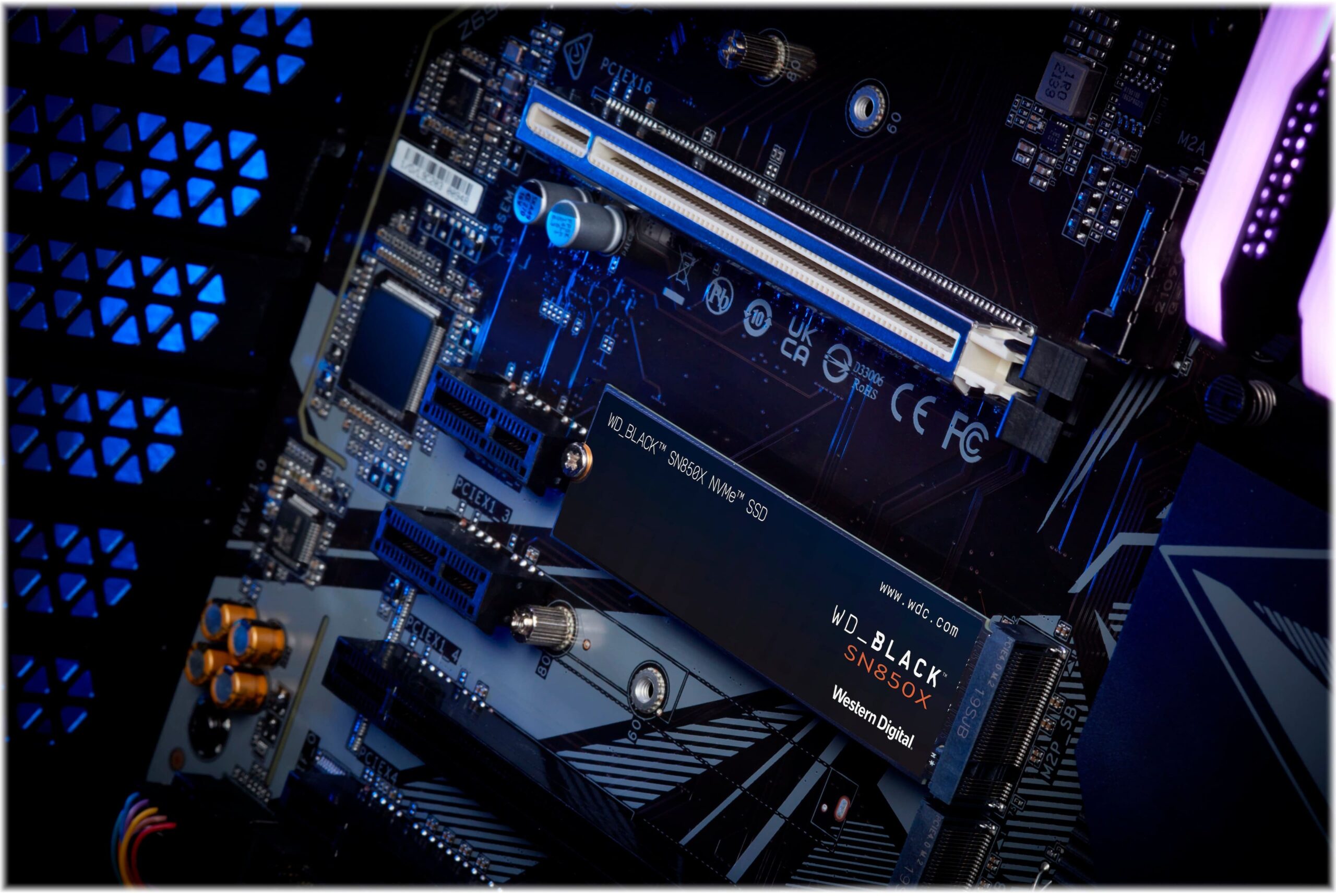How Hybrid Cars Are Powered: Beyond the Electric Motor
Introduction to Hybrid Car Power Technologies
Hybrid cars have transformed the automotive landscape by blending electric power with traditional propulsion technologies. While most consumers recognize the role of the electric motor in hybrid vehicles, a deeper look reveals that these cars rely on a combination of systems working together to maximize efficiency, reduce emissions, and deliver reliable performance. This article explores the essential technologies that, in addition to the electric motor, power today’s hybrid cars, explains how each system works, and provides actionable guidance for potential hybrid owners.
The Internal Combustion Engine (ICE): Backbone of Hybrid Propulsion
The internal combustion engine (ICE) is the primary technology supporting the electric motor in hybrid cars. Most hybrids use a gasoline engine, though some models utilize diesel or alternative fuels such as liquefied petroleum gas (LPG) [3] . The ICE provides direct power to the wheels, supplements the electric motor during acceleration or high-speed driving, and, in many systems, recharges the vehicle’s battery when needed. For example, the 2024 Honda CR-V Hybrid combines a gas engine with two electric motors, producing 204 horsepower and significantly improving fuel economy compared to its non-hybrid counterpart [2] .
Hybrid designs are classified by how the ICE and electric motor interact:
- Parallel hybrids : Both ICE and electric motor can power the wheels independently or together.
- Series hybrids : The ICE generates electricity for the motor, but does not directly drive the wheels.
- Series-parallel hybrids : A computer system chooses the most efficient mode depending on driving conditions [4] .
Each configuration offers distinct advantages in terms of fuel efficiency, acceleration, and driving experience. Understanding these systems is vital for choosing a hybrid that fits your needs.
Regenerative Braking: Capturing Energy for Efficiency
One of the most innovative features of hybrid cars is regenerative braking . Unlike conventional vehicles that lose energy as heat during braking, hybrids use the electric motor as a generator to convert kinetic energy into electricity, which is then stored in the battery for later use [1] . This technology not only improves fuel economy but also reduces wear on brake components.
Real-world benefits include:

Source: izbacif2clessonmedia.z14.web.core.windows.net
- Improved city driving efficiency, where frequent stops allow maximum energy recovery.
- Lower long-term maintenance costs due to reduced brake wear.
- Enhanced battery life and vehicle range, especially in plug-in hybrid models [4] .
To maximize the benefits of regenerative braking, familiarize yourself with your vehicle’s driving modes and monitor battery levels, especially during frequent stop-and-go travel.

Source: animalia-life.club
Battery Systems: Power Storage and Management
The battery system is the heart of a hybrid’s electric capability. Modern hybrids typically use advanced lithium-ion or lithium-polymer batteries, which offer greater energy density and longer life compared to older nickel-metal hydride units [3] . Battery size and capacity vary by model and hybrid type:
- Full hybrids rely on larger batteries for extended electric-only operation.
- Mild hybrids use smaller batteries mainly for boosting acceleration or running auxiliary systems [2] .
- Plug-in hybrids have the largest batteries, enabling longer electric-only ranges and external charging [4] .
Charging and maintaining hybrid batteries involve both internal charging (from the ICE and regenerative braking) and, for plug-in models, external charging through home or public stations. Owners should follow manufacturer guidelines for charging cycles and battery care to ensure longevity and optimal performance.
Fuel Cell and Alternative Hybrid Technologies
Beyond conventional gasoline engines, some advanced hybrids incorporate fuel cell technology. Fuel cell hybrids use hydrogen to generate electricity through a chemical reaction, emitting only water vapor as a byproduct. These vehicles are still rare but represent a promising direction for low-emission transport [1] . The Chevrolet ZH2 and some concept vehicles showcase how fuel cells can supplement battery and motor systems for military and commercial use [3] .
Other hybrid variations include:
- Diesel hybrids, which offer higher efficiency for long-distance travel.
- Hydraulic hybrids, using pressurized fluid to store and release energy.
- Range-extender hybrids, where a small ICE only recharges the battery, never directly powering the wheels [4] .
For consumers interested in alternative fuels, check for local availability and research government incentives for hydrogen or LPG-powered hybrids by visiting the official U.S. Department of Energy site or your state’s transportation agency.
Accessory Systems and Energy Management
Hybrid cars also feature specialized energy management systems to coordinate power delivery, battery charging, and accessory operation. These systems use onboard computers to seamlessly switch between electric and gasoline modes, optimize efficiency, and maintain comfort features like air conditioning and heating even when the engine shuts off [1] .
Owners should review their vehicle’s owner manual to understand driving modes (Eco, EV, Power) and how accessory systems affect overall efficiency. Some hybrids allow manual selection of these modes, while others operate automatically based on driving conditions.
Disadvantages and Maintenance Considerations
While hybrid technology offers many advantages, potential owners should be aware of maintenance considerations:
- Batteries may require replacement after several years, with costs varying by model and warranty coverage [5] .
- Catalytic converters and emission systems can be more expensive to service due to specialized components.
- Frequent start/stop cycles may affect engine lifespan if maintenance is neglected [1] .
To minimize these challenges, schedule regular maintenance with hybrid-certified technicians, keep software updated, and follow manufacturer recommendations for fluid and filter changes. Many automakers offer extended warranties for hybrid components; inquire with your dealer for details.
How to Access Hybrid Vehicle Benefits and Opportunities
If you are considering a hybrid vehicle, you can:
- Visit official manufacturer websites for model specifications and purchase options.
- Research incentives and rebates through government agencies such as the U.S. Department of Energy; search for ‘Clean Vehicle Incentives’ on their official site for up-to-date opportunities.
- Consult reputable automotive organizations (such as AAA or J.D. Power) for guides on hybrid ownership and maintenance.
- Speak with local dealerships about test drives and certified hybrid service options.
If you wish to find certified technicians, search “hybrid vehicle service” along with your city name, or contact your vehicle manufacturer’s customer service for authorized locations.
Alternative Pathways for Hybrid Ownership
Beyond purchasing a new hybrid, consider:
- Leasing options, which may include maintenance packages and warranty coverage.
- Certified pre-owned hybrid programs, available through most major automakers.
- Community car share services that feature hybrid vehicles for flexible, low-commitment use.
For alternative fuel hybrids, consult your state’s energy office for fueling station locations and eligibility for local incentives.
Key Takeaways
Hybrid cars are powered by a sophisticated combination of electric motors, internal combustion engines, regenerative braking, advanced batteries, and sometimes fuel cell or hydraulic systems. Understanding each technology’s role and how they interact empowers consumers to make informed decisions, maximize efficiency, and enjoy the benefits of modern hybrid vehicles. For specific purchase or service guidance, always refer to the official resources of vehicle manufacturers and relevant government agencies.
References
- [1] Wikipedia (2024). Hybrid vehicle drivetrain – Detailed overview of hybrid power sources and energy management.
- [2] J.D. Power (2024). Types of Hybrid Cars – Comparison of hybrid models and technology features.
- [3] Wikipedia (2024). Hybrid Electric Vehicle – Evolution, examples, and technical specifications.
- [4] Motorlease (2025). Understanding Hybrid Vehicles – Series, parallel, plug-in, and range-extender hybrids explained.
- [5] Progressive (2024). What Is a Hybrid Car? – Maintenance, common issues, and ownership tips.



